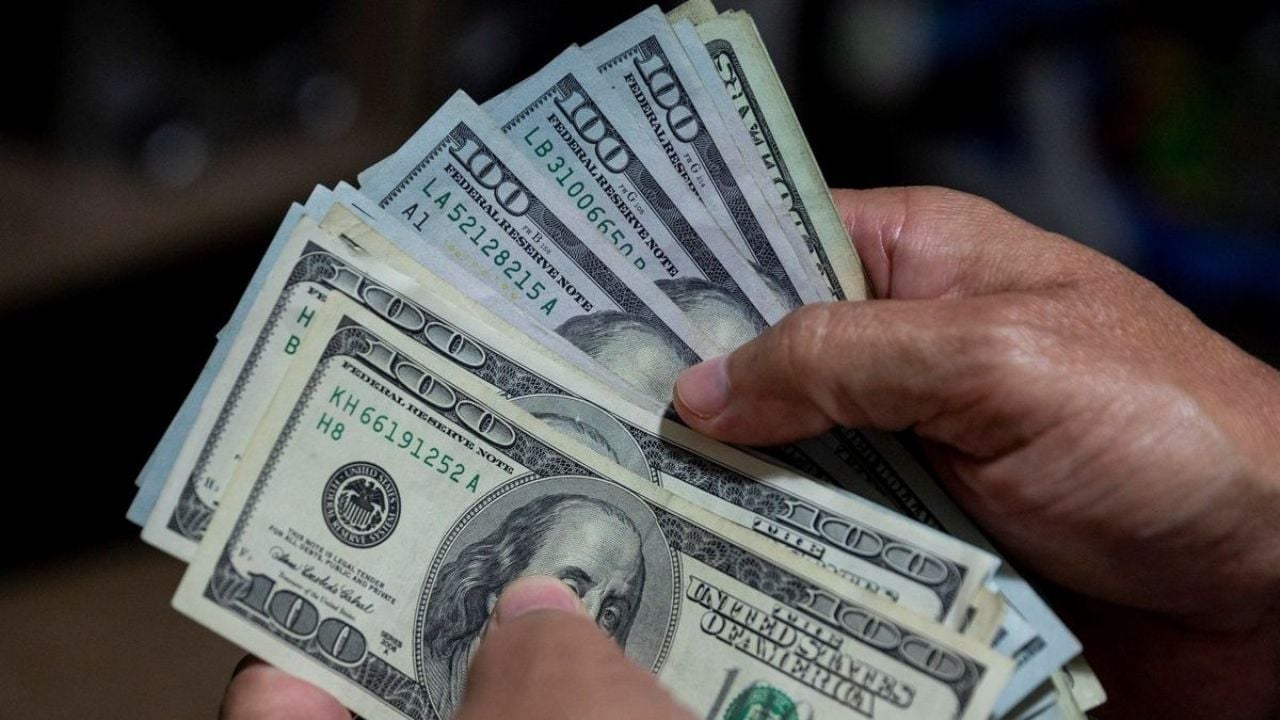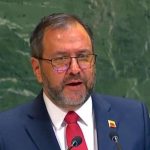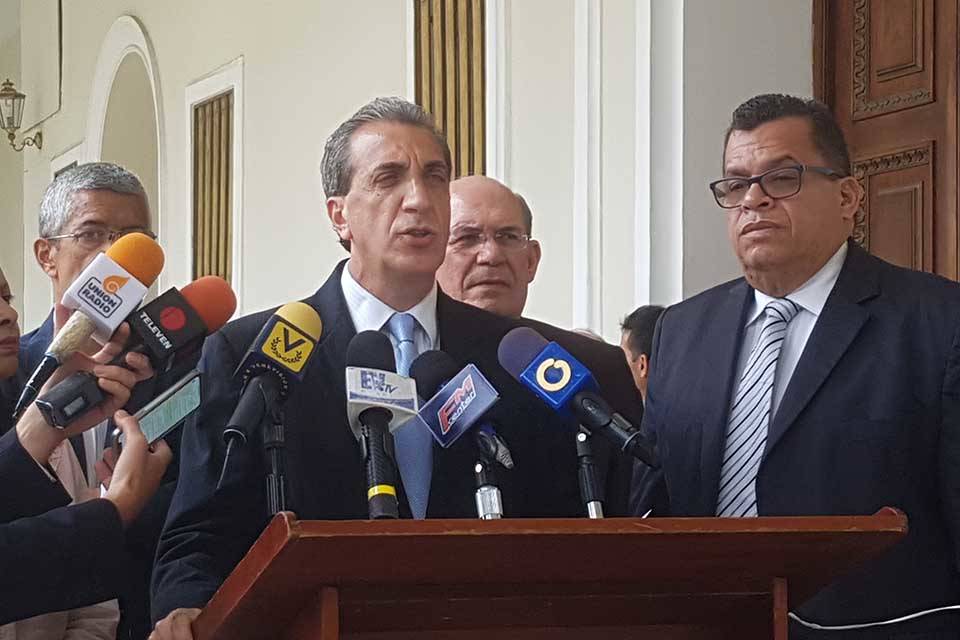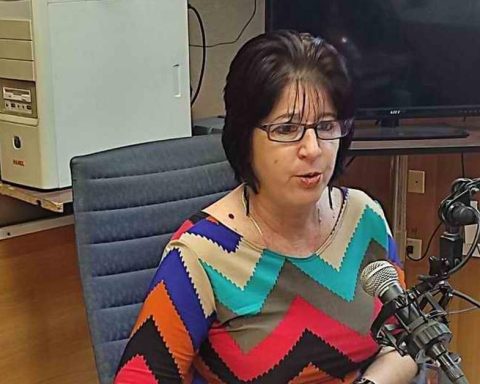The quote of the dollar reflected the economic tensions and challenges facing the country. In a context of high inflation and exchange rate volatility, both the official dollar and the blue dollar showed significant movements.
He dollar The official exchange rate, which is the exchange rate controlled by the Central Bank of the Argentine Republic (BCRA), closed the day with a price of $991.20 for sale. This value represents an increase compared to previous days, reflecting the inflationary pressure and devaluation expectations that persist in the market.
He dollar The official rate is used primarily for regulated commercial and financial operations, and its quotation is a key indicator of the government’s exchange rate policy. On the other hand, the dollar blue, which is the parallel or informal exchange rate, was sold at $1,305.
This rate is significantly higher than that of the official dollar, reflecting the lack of confidence of investors and savers in the government’s ability to maintain economic stability.

Fountain: Dollar Today.
He dollar blue is used by those looking to avoid exchange restrictions and access foreign currency more quickly and easily, albeit at a higher cost. The gap between the dollar official and the blue dollar, known as the exchange rate gap, has remained wide in recent months.
This difference is an indicator of distortions in the exchange market and a lack of confidence in the government’s economic policy. A wide exchange rate gap can generate uncertainty and negatively affect investment and consumption, since economic agents prefer to protect their savings in dollars in anticipation of a devaluation of the peso.

Price
This Thursday, September 5th, the dollar The blue and official dollar is quoted at $1285 for purchase and $1305 for sale. Meanwhile, the official dollar is quoted at $933.50 for purchase and $973.50 for sale.The economic context in Argentina is complex.
Annual inflation remains high, exceeding 100%, eroding the purchasing power of wages and affecting the population’s standard of living. In addition, the country faces significant fiscal challenges, with a fiscal deficit limiting the government’s ability to implement expansionary policies without generating additional inflationary pressures.


















